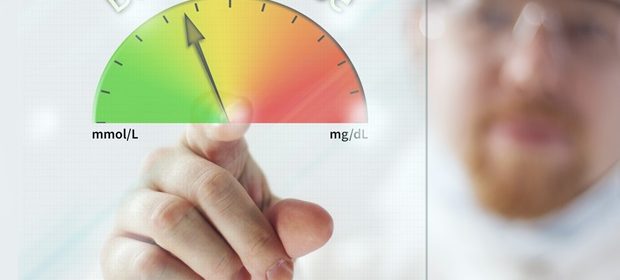side effects of lisinopril

Over 37 million Americans have diabetes, and 90-95% of that population are diagnosed with type 2 diabetes. Lifestyle interventions, such as a healthy diet and a regular physical activity program, are methods to manage diabetes.
A new study from a collaboration of investigators at Brigham and Women’s Hospital, a founding member of the Mass General Brigham healthcare system, and Joslin Diabetes Center, part of Beth Israel Lahey Health, novo trazodone uses data from the Look AHEAD (Action for Health in Diabetes) study, a randomized controlled trial that compared an intensive lifestyle intervention with diabetes support and education in patients diagnosed with type 2 diabetes and overweight or obesity to track the development of cardiovascular disease over time. In the current study, the research team assessed whether physical activity at certain times of day was associated with greater improvement in blood glucose control. Their findings suggest patients with type 2 diabetes who were physically active in the afternoon had the largest improvements after one year in the trial. The team’s results are published in Diabetes Care.
In this study, we shown that adults with type 2 diabetes had the greatest improvement in glucose control when they were most active in the afternoon. We’ve known that physical activity is beneficial, but what our study adds is a new understanding that timing of activity may be important too.”
Jingyi Qian, PhD, Co-corresponding Author and Division of Sleep and Circadian Disorders, Brigham.
Physicians recommend that patients with diabetes participate in regular physical activity as a method to manage their blood glucose levels. Elevated blood glucose levels can put people with type 2 diabetes at risk of heart disease, vision impairment, and kidney disease.
The team analyzed physical activity data from the first and fourth years of the Look AHEAD study, which included data from over 2,400 participants. During the study, participants wore a waist accelerometry recording device to measure physical activity. When the Brigham and Joslin team reviewed the data from year 1, they determined that those who engaged in moderate-to-vigorous physical activity in the afternoon had the greatest reduction in blood glucose levels. Upon comparing the data from year 4, the afternoon group maintained a reduction in blood glucose levels. In addition, the afternoon group also had the highest chance of stopping their glucose-lowering/diabetes medications.
The Brigham and Joslin team note that their investigation has limitations; for example, their study is observational and does not measure confounding factors like sleep and dietary intake.
In future studies, the team may test their findings experimentally to investigate the underlying mechanisms that may explain why time of day of activity may influence blood glucose control. From this, the team may be able to provide specific physical activity recommendations for patients.
Timing does seem to matter. Going forward, we may have more data and experimental evidence for patients to give more personalized recommendations.”
Roeland Middelbeek, MD, Co-corresponding Author and Assistant Investigator, Joslin Diabetes Center.
Brigham and Women's Hospital
Qian, J., et al. (2023) Association of Timing of Moderate-to-Vigorous Physical Activity With Changes in Glycemic Control Over 4 Years in Adults With Type 2 Diabetes From the Look AHEAD Trial. Diabetes Care. doi.org/10.2337/dc22-2413.
Posted in: Medical Research News | Medical Condition News
Tags: Blood, Blood Sugar, Cardiovascular Disease, Diabetes, Diet, Education, Glucose, Healthcare, Heart, Heart Disease, Hospital, Kidney, Kidney Disease, Obesity, Physical Activity, Research, Sleep, Type 2 Diabetes
Source: Read Full Article